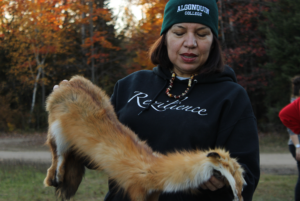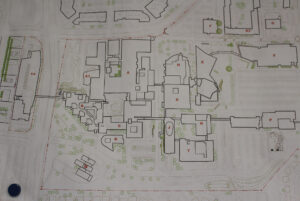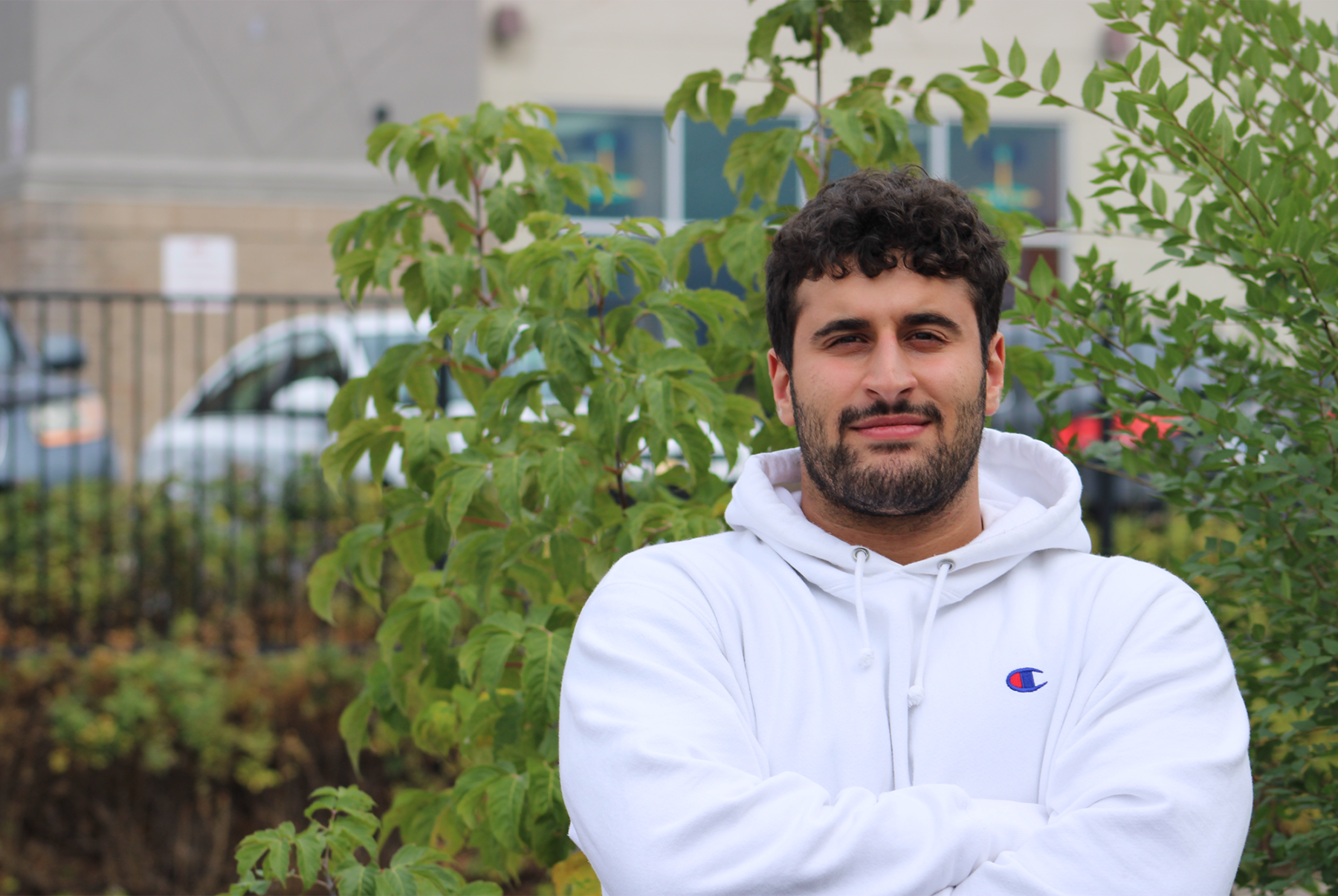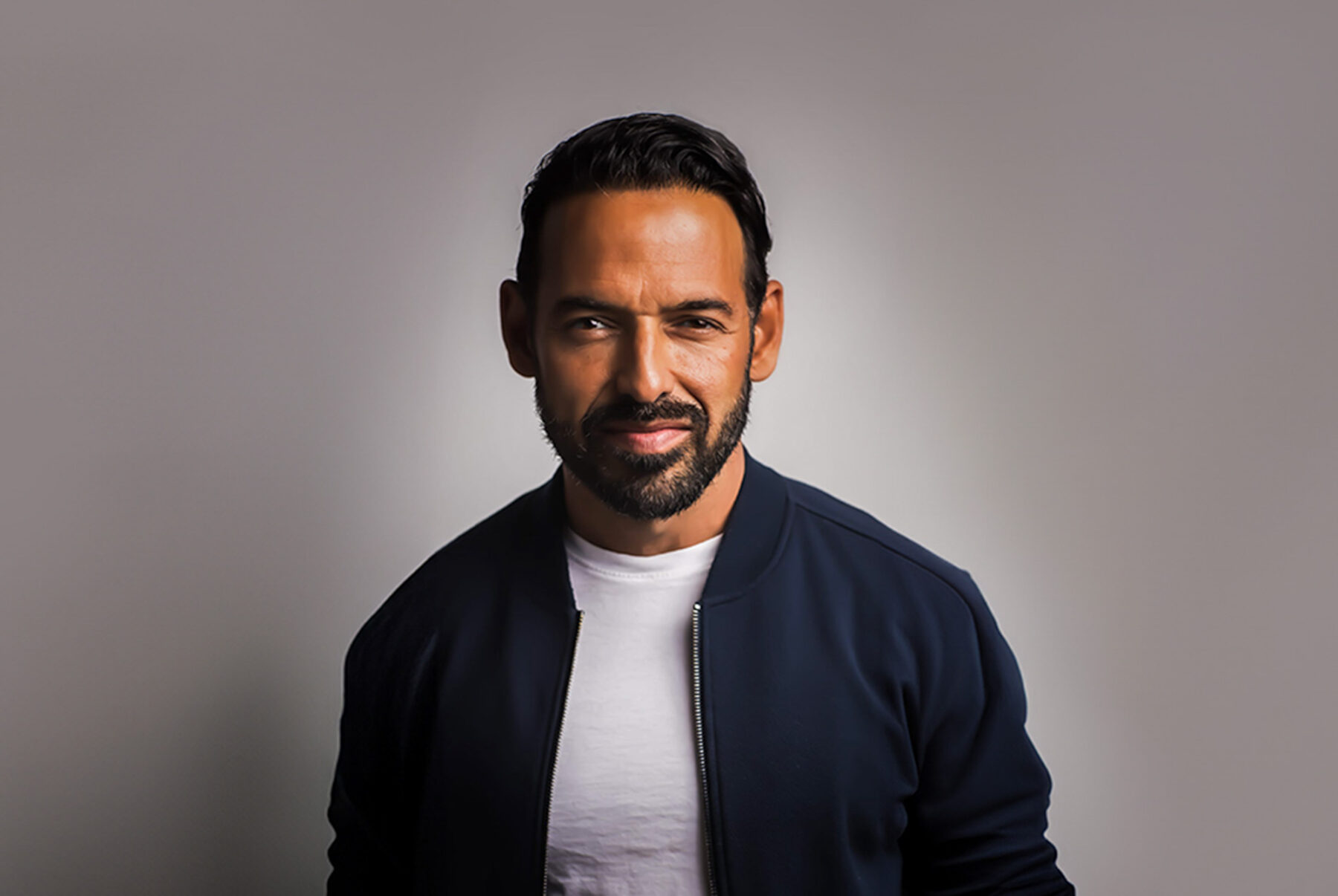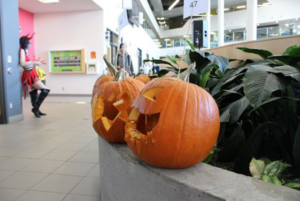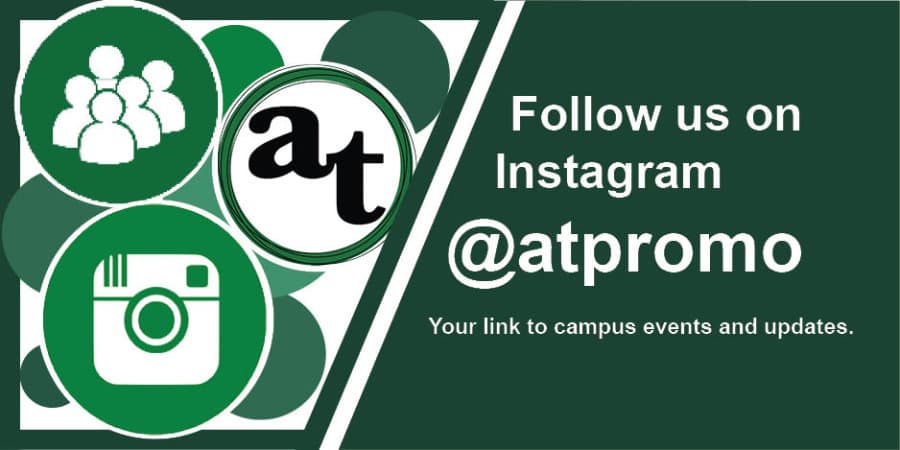As you listen to the radio or receive notifications on your phone, do you get the sense that there’s been an increase in crime in the Ottawa region? If so, then you are right.
According to Criminal Offences Open Data released by the Ottawa Police Service, updated to March 13, criminal offences in the first three months of this year had nearly caught up to the same period last year.
However, this growth didn’t happen suddenly.
Since 2020, there has been a steady increase in recorded criminal offences. The rate increased significantly by 18.6 per cent from 2021 to 2022, and it increased by 11.8 per cent last year.
Joseph Ieradi, professor of the police foundation program, said the increase in crime action is due to the economic challenges after the pandemic.
“It’s not just a police problem, but it’s a society problem,” he said.
As a community, he explains, we need to help young people and people who are in crisis. For instance, crime can increase, he says, when people are not able to afford food.
Erin Guo, a resident who has lived near the Woodroffe campus for three years, started going out less at night due to the rise in criminal activity.
“If you ask me to go downtown in the middle of the night, that is definitely not safe,” she said.
However, Jill Reeves, the program coordinator of the police foundations program, doesn’t think people should be worried too much about the increase of crime in real life.
“People should always be mindful of their personal security, of course, but I wouldn’t think that in a city like Ottawa, anybody need restrict themselves and movements, or enjoying the city that we have, and everything that it offers,” she said.
If you’re feeling uneasy, here are five tips that may help you relieve your anxiety and find inner peace again.
1. Give yourself a break from reading the news
Frequently focusing on negative news can trigger feelings of fear, sadness and anger. It not only affects your mood but also increases anxiety which leads to a vicious cycle. This negative spiral is known as “doomscrolling” according to Robin Blades’s 2021 article in the Canadian Medical Association Journal.
So, put down your phone, limit your exposure to negative news and take a step back from the noise of the world. Give yourself a well-deserved break.
2. Let your neighbours have your back
Have you heard about Neighbourhood Watch?
Neighbourhood Watch is a program that helps neighbours look after each other. The aim is to get every citizen involved in fighting and preventing crime.
“Program participants can learn how to recognize and report potential problems, how to make their homes less inviting to potential wrongdoers and how to protect valuables,” Tanya Hein, the director of community engagement for Ottawa Neighbourhood Watch said in an email reply.
Hein said the program has existed for a long time and has been successful.
“Connecting with neighbours and creating an engaged community is an approach available no matter who you are or where you live in the city,” she said.
3. Accept your worries and shake it off
Accepting these emotions is the first step toward relieving stress.
Martha Dougherty, a registered psychotherapist at the Nepean Rideau Osgoode Community Resource Centre, said people respond to their environment just like animals. We often believe that our thoughts hold the truth and the safety we seek. But people sometimes forget that they can deceive themselves.
“This lies like a rug, but your gut and your instincts are never wrong,” Dougherty said. “But we try and talk ourselves out of it, and then we end up really stressed.“
Dougherty suggested people could try some simple breathing exercises to relieve the anxiety.
For example, the box breathing: Breathe in for four seconds, hold your breath for four seconds, exhale for four seconds and then hold that for four seconds.
4. Add an extra layer of defence
Whether you live in an apartment, house or college residence, paying attention to details could make you feel safer in your home.
“Getting to know your neighbours and taking simple measures to make your home and property less inviting to potential criminals can be empowering,” Hein advises for people who live off campus.
Yikun Liu, an early childhood education student who lives in the residence said the college had many safety measures that made her feel very safe living in the residence.
“When you get inside, the staff will check do you have the student cards for the residence,” she said
Other than the college protective measures, Liu recommends keeping in touch with family members frequently to ensure your safety.
“I will keep in contact with my family, like having a face-to-face video call to make sure I’m safe at that time,” she said.
5. Let the experts support you
If you’re feeling overwhelmed or need someone to talk to, the Student Mental Health & Wellness Centre on campus offers professional psychological counselling services.
Additionally, the Distress Centre Ottawa and Region provides 24/7 mental health support for those who need someone to listen.




